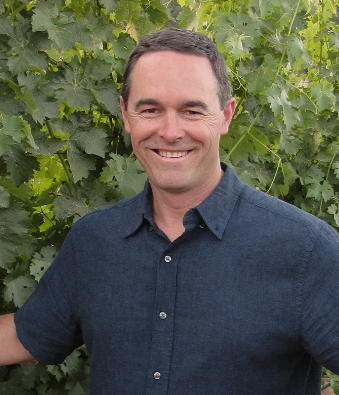
Laurence Donald began his career with a degree in Business Administration and in a few roles in finance and sales but wanted something more. A friend pointed out that he had grown up in wine country, had talked enthusiastically about his winemaking endeavors with his dad, and was clearly excited about wine, that perhaps he should consider working in the wine industry. Laurence went on to work harvests in Australia and New Zealand, spent time working with Russian River wineries like Gary Farrell, took wine marketing classes at Sonoma State, and then came across a winery for sale. Today he owns the property formerly known as Kastania and calls his winery Parum Leo. Here’s his story.
Where were you born and where did you grow up?
I was born in Toronto, Canada, but we moved to SF when I was 6. In the late 80’s my parents bought a property in Calistoga, and I have been living between both places ever since.
You graduated from Sonoma State with a BS in Business Administration. Did you know at the time that you would start your own business someday?
No, but I did know that it was applicable to any type of business that I chose to work in. I also took some wine and wine marketing coursework with Liz Thach and others at the time so that was probably an early indicator that I would head into the wine business eventually.
You began your career working in finance at Banc of America and UBS. Tell us about the moment you decided to instead pursue making wine as a career; did your family support your decision?
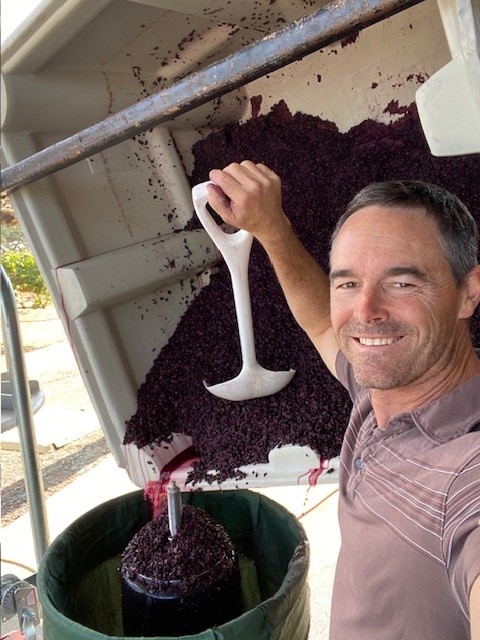
After leaving the finance industry I worked in Pharma Sales for a short period. It was then that while thinking about switching to Tech Sales a good friend of mine gave me a much-needed course correction. He brought up the fact that not only did I dislike my last sales job, but my family had lived in and around grapes in Calistoga since the 80s, I had made wine with my dad for fun, worked in tasting rooms during college, and knew just enough about wine and winemaking to bore my friends at dinner parties. Most importantly though, whenever I talked about wine, he could tell that I was clearly excited by the topic…so why not do that instead. He was right and I will be forever thankful for his advice. My family has always supported my decisions, and to this day are very involved in the day-to-day operations at the winery. You’ll often find my dad behind the counter pouring wine or on the tractor mowing lawns.
You’ve worked the harvest in both hemispheres; how did you get connected with wineries in New Zealand and Australia?
I have family ties to both countries as my parents are originally from NZ, and many of my relatives now live in OZ as well. The jobs I attained in both countries involved a lot of footwork though despite having relations down under. I must have sent 20+ emails every season, at least 6 months before harvest started, trying to solicit jobs from well-known producers that I wanted to work for in the sub-appellations that interested me.
While at Gary Farrell, your job was to liaise with growers. What was the most important lesson you learned at that time?
My biggest takeaway outside of being able to work with some of the best sources of fruit in the county was that relationships are the most important piece of any grape purchasing agreement. No matter what any contract says, every season brings some new unexpected challenge so if you have a strong relationship it is possible to work through those challenges in a successful manner that allows both sides to walk away and feel good about the outcome.
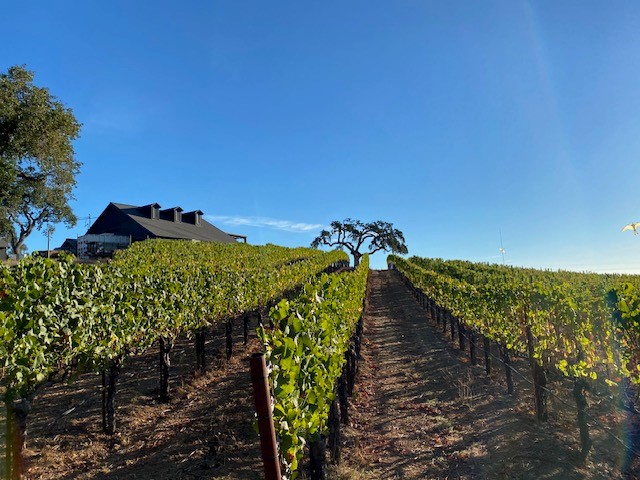
How did you meet Hoot Smith, and end up acquiring the property previously known as Kastania? Do you still see Hoot and his wife, Linda?
My wife and I had been looking at vineyard properties in and around Sonoma County for several months when the Kastania listing popped onto our radar. It fit the bill for the type of property we had been looking for; 5+ acres, Pinot Noir grapes, accessible location, excellent appellation. I had worked with several vineyard sites in the Gap with Gary Farrell and had really liked the depth of flavor and color from those vineyards. Meeting the Smith’s excited us further about the site. Their history with the property and genuine love for it, the care and energy they had put into it. We felt like we could work with them and continue to tend the land the way their family had for generations. To this day we interact on almost a daily basis as they still live across the street from the winery and Hoot’s insights into the property are still a tremendous help.
Parum Leo is the name you chose when you took over the property from Hoot. What does it mean and why did you choose that name?

Back in 2015 I had a barrel of Pinot Noir aging in the cellar, and I had decided that this was the year I would put an official label on it. The first iteration was a small African Lion sitting under a grapevine and the wine was going to be called “The Little Lion”. The image was based on the relationship between Pinot Noir and some of the heavier varietals grown like the Cabs of the world which are much bolder and stronger, but Pinot in no less good it’s just more subtle and lithe. With that percolating in my mind, I was driving to work on River Road at 7AM one morning and I saw what looked like a large traffic accident on the shoulder of the road. Eight cars were parked on the shoulder and people were out of their cars. I slowed down to find that the accident involved a truck and a mountain lion. Amazingly the mountain lion had survived, and after my initial relief at seeing that I suddenly realized how large it was. Lying on its side it was as long as the truck was wide with paws bigger than my hands! The size of these majestic creatures blew me away and I immediately rushed back to the winery to do some more research about them. I found that we have many mountain lions in Sonoma County 12 of which have tracking collars. I immediately removed the African Lion from the label image and put our Sonoma Lion on instead. The name “Little Lion” I had never loved so I translated the name into some other languages and ended up with Latin. “Parum Leo” sounded better, meaning little lion, but the “Parum” part could also translate to “too few”, or “not enough”. So, I thought; too few mountain lions, not enough wine, little lion…perfect let’s go to print with it!
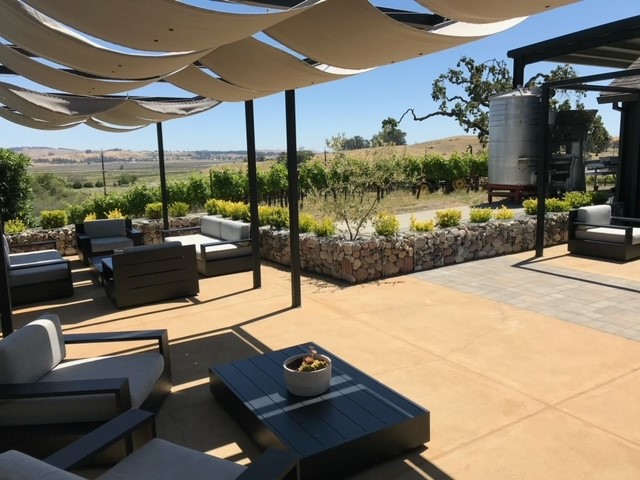
You recently re-opened the tasting room. Tell us about the renovations you made and if you designed the new facility yourself or had an architect or designer to help create the site. How long did it take and what was done at the property?
We re-opened the tasting room in July of 2021 after a year and a half of renovations. The timing was unexpectedly perfect as we had submitted for permitting in 2019 and were able to continue the construction as everyone was forced to shut down due to the pandemic. I hired an architect for the structural changes to the building, but I did all the design work. Admittedly, I had some good suggestions along the way; for instance, my sister suggested the black barn look. I had thought to paint the barn fire engine red with white trim, but when she sent me some pictures of black barns, I immediately amended my plan, thankfully. I was also inspired by many amazing ideas on Pinterest, which is a truly great resource when doing any design planning no matter what the project. We kept the bones of the early 1900’s era barn but made some cosmetic changes to lighten up the tasting room space and cater to a more restaurant style tasting with lounge chairs and tables. The previous space had focused on a bar format tasting, which had worked well, but I imagined going to people’s tables for a more intimate and formal style of tasting which I think we have achieved with the re-imagined space.
Your website has very precise climate information on the vineyards from which you source. Do you keep detailed weather records and if so, how does that help form your approach to harvest?
While I don’t keep the records myself, I do rely heavily on all the online sources of weather data that are available these days for the sub-regions that I source fruit from. Mother Nature is fickle at the best of times, but meteorology has improved dramatically over the past few decades making the timing of picks and vineyard management choices more effective. I do, however, keep records of grape plant phenology, development, and any amendments or work done during the season to the vines which may impact the final results. Seeing changes in the timing of bud break or flowering year over year can help to hone estimated harvest dates, which help with advanced labor and work planning.
You purchase grapes from Pinot Hill Vineyard in the newly proposed AVA called Sebastopol Hills. Tell us about the differences between that area and the Petaluma Gap AVA.
The Pinot Hill site is on the Southern tip of the Sebastopol Hill region, thus very much influenced by the Petaluma Gap with its inherent wind and weather. The great thing about Pinot Noir though is that it manifests the slightest differences in the terroir they are grown in, thus while that site produces densely colored, full-bodied wines like the Gap, they are generally less fruit forward, more earthy, with savory characteristics, some minerality and warm spices. When it comes to tasting these locationally different Pinot Noirs side by side they each show their inherent differences and I think it makes it more interesting and fun for our clientele.
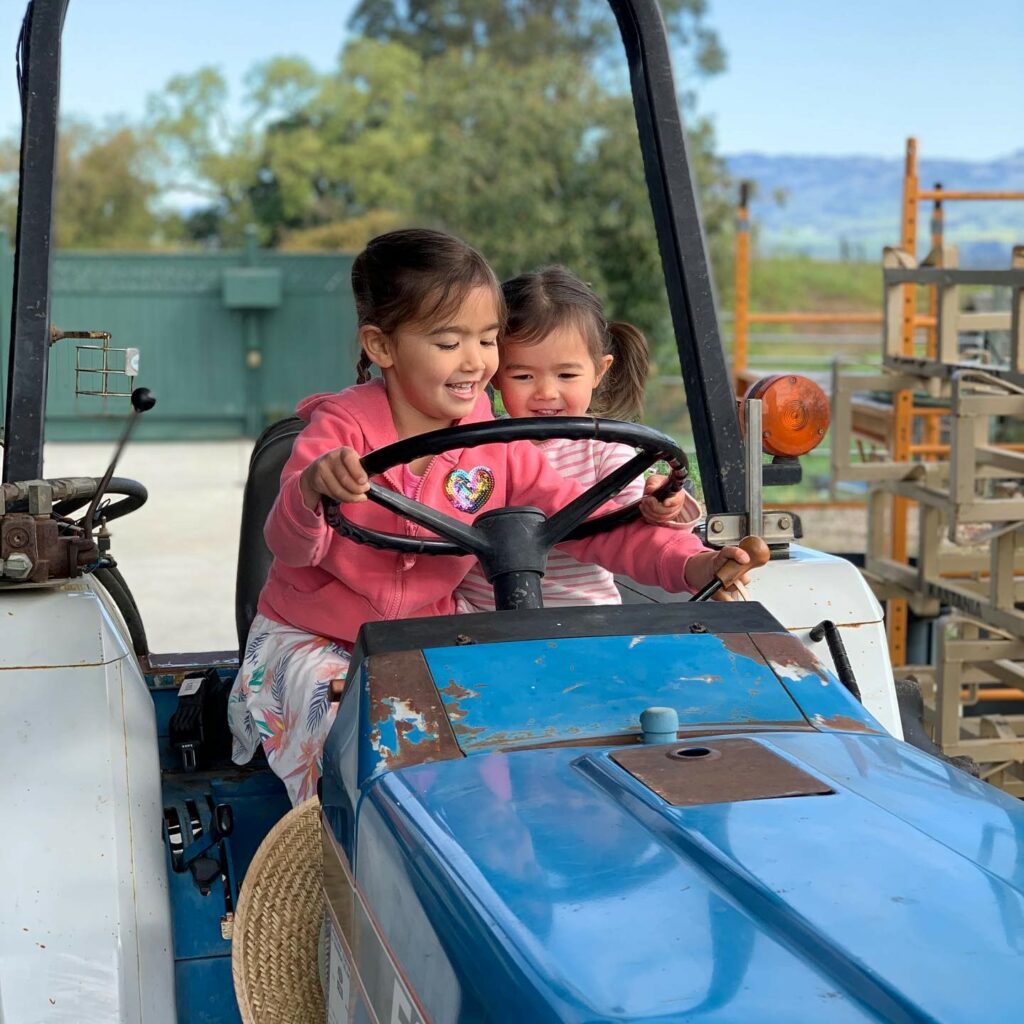
We’ve seen pictures of kids out in the vineyard and at the winery. Do you have children? Rumor has it that one toddler was caught stealing grapes!
Yes, we have three girls all under the age of 9, and yes, they eat a surprising number of grapes during harvest, thankfully I net or it would be a problem. The hope is one day that one of them gets as jazzed about wine-making as I am and will want to take over the family business. Until then they will have the joy of cavorting in the vines, eating grapes, and talking with guests in the tasting room, which makes me very happy.
Looking back at the last 5 years, is there anything you would have done differently? Do you foresee any significant changes at the winery over the next 5 years?
I don’t think I would have done anything differently the last five years as things have turned out pretty well for us all things considered ie. pandemic, fires, drought.
In the years to come we plan on growing our label until the facility’s capacity is reached. We have made equipment improvements over the last couple of years, but I am always trying to find ways to improve quality by process/equipment improvement which I find pays dividends in the wine.
